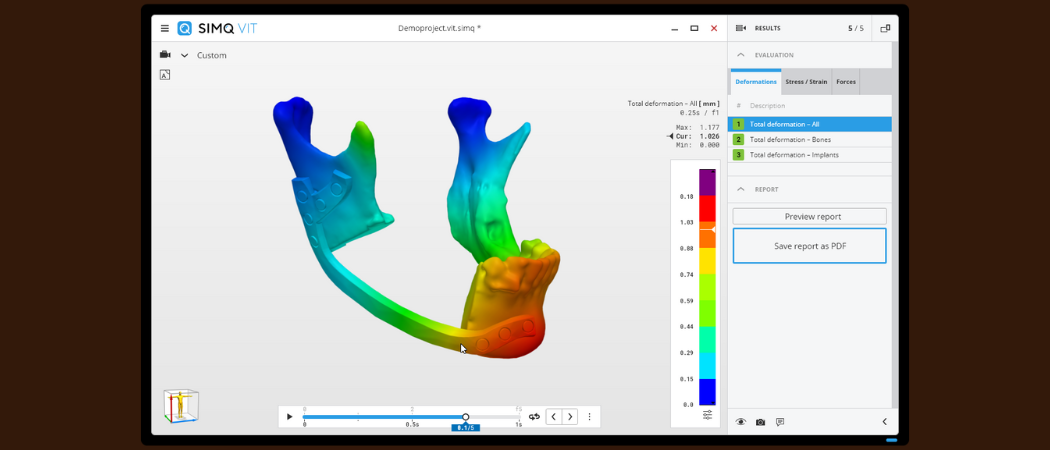After long use in engineering, digital twins are proliferating in other sectors, thanks to an abundance of data

Simq is a German start-up that specialises in medical simulations. Photo: Simq
The concept of digital twins has a long history in engineering, where the creation of digital copies of machines or systems allows performance testing and fine-tuning without the cost of rebuilding the original for each round of changes. But in recent years, new applications of digital twins have proliferated, underpinning products and services in medicine, energy, planning and other sectors.
This development has taken time because digital twins are simply harder to build in some cases. “Car parts have similar material properties and behaviours, so it is much easier to build their digital twins,” said Florian Maier, chief marketing officer of Simq, a German start-up that specialises in medical simulations. “Every human is different, and human tissues are very complex, so…
Discover the latest in research funding every Tuesday with Funding Newswire. Dive into detailed articles with our monthly or yearly subscriptions or start with a free trial
NOTE: if you're a part of one of our Network member organisations, you get free access by signing up with your institutional email. Verify your eligibility here.





 A unique international forum for public research organisations and companies to connect their external engagement with strategic interests around their R&D system.
A unique international forum for public research organisations and companies to connect their external engagement with strategic interests around their R&D system.